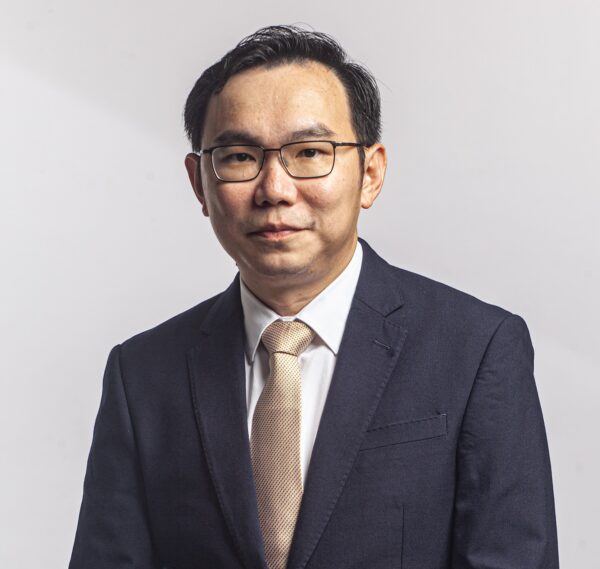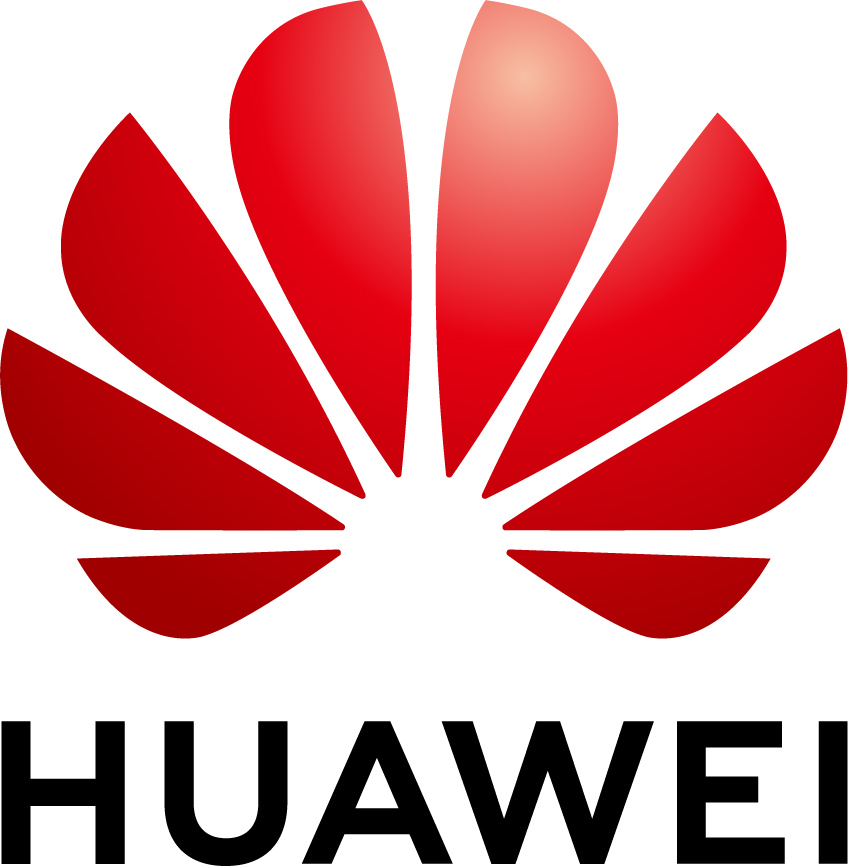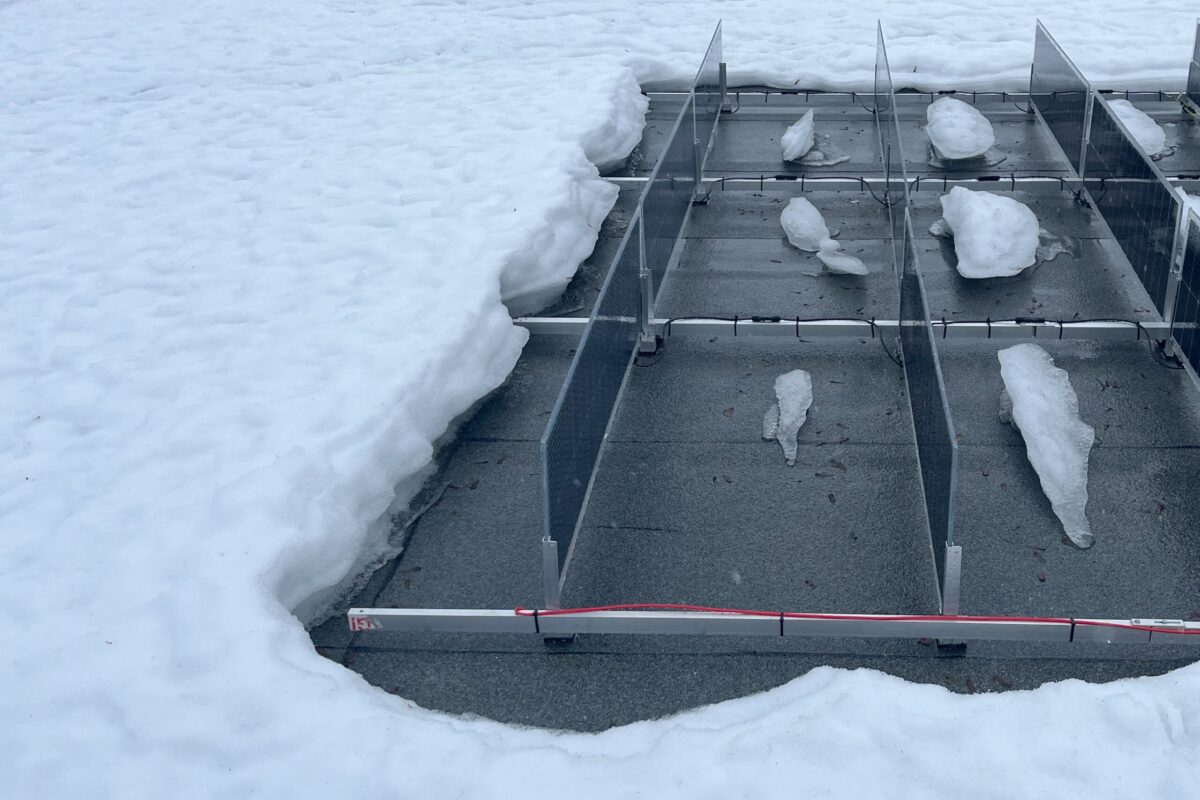How has the solar market developed over the past few years in Southeast Asia?
The solar market in Southeast Asia has experienced significant growth over the past few years, driven by increasing energy demand, supportive government policies, and a growing awareness of the need for sustainable energy solutions. Countries like Malaysia, Indonesia, Philippines, and others have implemented progressive policies to encourage the adoption of solar energy, leading to a surge in both utility-scale and rooftop installations. This regional development is part of the larger global shift toward renewable energy, as nations recognize the urgent need to transition from fossil fuels to more sustainable energy sources.
However, the market in Southeast Asia is still maturing, with challenges related to grid integration, regulatory frameworks, and financing. Despite these hurdles, the trend and commitment are clear. We have seen the introduction of new key policies, such as third-party access for renewable energy, offsite PPA programs, renewable energy portfolio schemes, and the removal of restrictions on solar self-consumption in some markets.
What challenges has Ditrolic Energy faced with its solar projects and how did you overcome them?
Our journey has been marked by challenges typical of a rapidly growing market. One of the key challenges has been navigating the regulatory landscape across different countries in Southeast Asia, where policies can be inconsistent and sometimes unpredictable. We have been working closely with local stakeholders and industry players, as well as advocating for clearer and more supportive regulations.
Which of the many projects you have partnered on with Huawei has impressed you the most?
The project that stands out the most is the solar project at the Giant Panda Conservation Centre in Zoo Negara Malaysia. This project was remarkable because of its symbolic importance and emphasis on our determination and efforts to protect endangered species. Integrating sustainable energy into such a facility underscores the broader impact solar energy can have beyond just power generation. Huawei’s technology played a crucial role in ensuring that the system was efficient, reliable, and seamlessly integrated into the existing infrastructure, making it a showcase for what can be achieved when advanced technology meets environmental stewardship.
The collaboration between Ditrolic Energy and Huawei on the Giant Panda Conservation Centre’s rooftop solar system was an exceptional partnership that demonstrated our commitment in supporting the local conservation and enabling sustainability. This Corporate Social Responsibility initiative is led by Ditrolic Energy, which donated the solar PV system to the zoo, including designing and installing a 100 kWp solar system that could meet the energy needs of the conservation center while minimizing its environmental footprint. Huawei’s smart inverter was a key element in ensuring the system operated at peak efficiency. This project is a prime example of how renewable energy can be integrated into conservation efforts, providing both environmental and educational benefits.

Image: Huawei
What sorts of benefits has this collaboration brought to the zoo?
This collaboration has profoundly impacted Zoo Negara Malaysia by transforming its approach to energy use and conservation. The solar system has provided substantial savings on electricity bills, and it also enhanced Zoo Negara’s operational sustainability. The reduction in the zoo’s carbon footprint directly supports its mission to safeguard endangered species by mitigating the environmental impacts of its operations.
The successful implementation of the solar system has generated public, media, and industry interest, reinforcing Zoo Negara’s image as a forward-thinking organization in environmental stewardship. This increased visibility will turn the project into an educational showcase, illustrating to visitors and the wider community how renewable energy can be effectively utilized beyond commercial purposes, directly contributing to the preservation of the natural environment and bolstering conservation initiatives.
What drew you to partner with Huawei on the project?
Huawei’s track record in delivering cutting-edge solar technology was a major factor in our decision to partner with them. Their commitment to innovation in the solar industry, particularly in developing smart PV solutions that enhance system performance and reduce operational costs, aligns perfectly with our goals. Furthermore, Huawei’s global reach and strong presence in the region provided us with the confidence that they could support our projects not just technically but also in terms of supply chain management and after-sales service.
Are you currently working on any other projects with Huawei?
Ditrolic Energy is currently executing and exploring various projects in the region with Huawei, including one of the largest behind-the-meter solar plus battery energy storage systems (BESS) for a world-renowned furniture retailer in Singapore. The project enables the building owner to significantly increase their green energy self-consumption to achieve their net zero goals. Additionally, Ditrolic Energy is also exploring utilizing Huawei’s technology for an upcoming utility-scale project combining solar plus tracking and colocation of a BESS system in northern Malaysia, which is slated to commence construction by end of 2024.
What is your strategy for the solar market in the Asia-Pacific region?
Our strategy is to be a leader in the transition to sustainable energy by offering a comprehensive integrated clean energy solution. We aim to empower businesses to achieve their 100% renewable energy targets through a holistic approach that encompasses every aspect of clean energy implementation, including advanced energy storage, management systems, and energy efficiency solutions.
By leveraging the latest technologies and innovations, we reduce costs and enhance the efficiency of solar installations, making renewable energy more accessible and affordable for a diverse range of customers. Also, we prioritize strategic partnerships with industry leaders like Huawei to ensure that our solutions are at the forefront of technological advancement and reliability. Through this integrated approach, we will create a robust infrastructure that supports our customers in their journey toward full renewable energy adoption, contributes to carbon emission reductions, and promotes overall energy independence in the region.
This article appeared in the Huawei Corporate Edition 2024. You can access and read the entire edition here.
This content is protected by copyright and may not be reused. If you want to cooperate with us and would like to reuse some of our content, please contact: editors@pv-magazine.com.




By submitting this form you agree to pv magazine using your data for the purposes of publishing your comment.
Your personal data will only be disclosed or otherwise transmitted to third parties for the purposes of spam filtering or if this is necessary for technical maintenance of the website. Any other transfer to third parties will not take place unless this is justified on the basis of applicable data protection regulations or if pv magazine is legally obliged to do so.
You may revoke this consent at any time with effect for the future, in which case your personal data will be deleted immediately. Otherwise, your data will be deleted if pv magazine has processed your request or the purpose of data storage is fulfilled.
Further information on data privacy can be found in our Data Protection Policy.